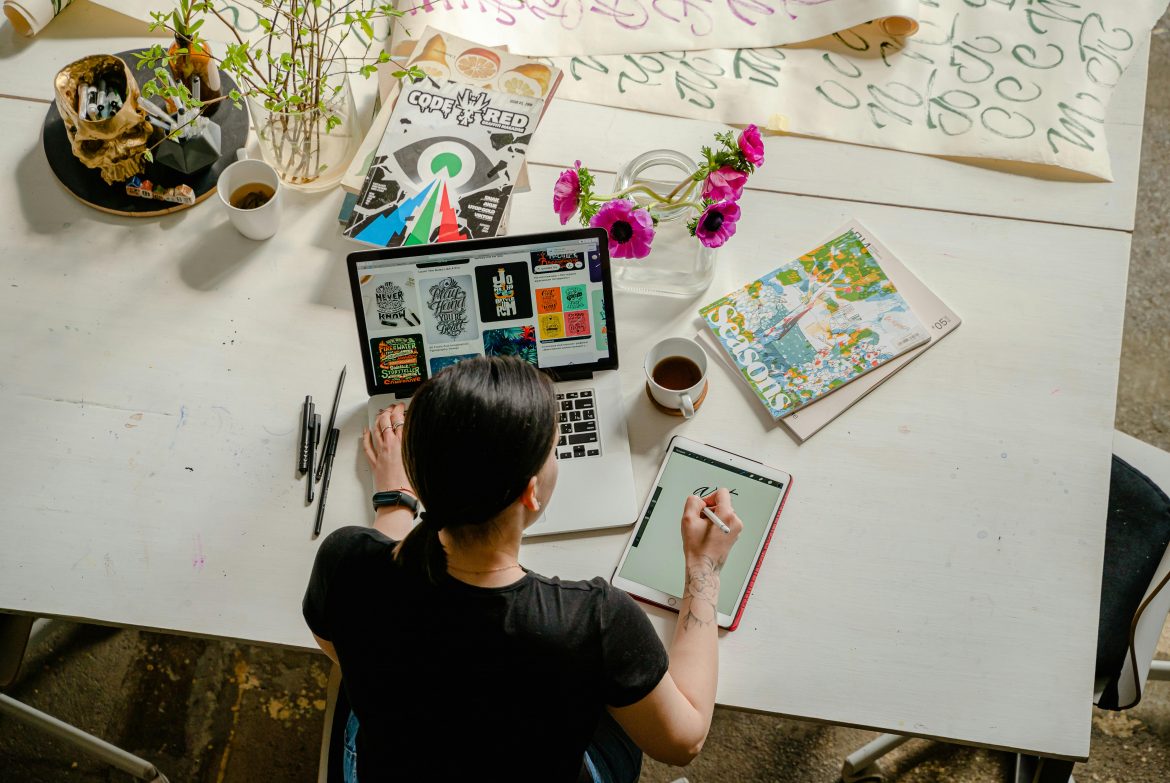Technology is embedded in nearly every part of our lives, from waking up to winding down. While our devices offer convenience and connection, they also come with a cost to our well-being. From disrupted sleep to emotional fatigue, how we interact with tech can subtly or significantly shape our mental and physical health.
The good news is that a better relationship with technology is entirely possible. By becoming more conscious of how, when and why we use it, we can reclaim our attention, energy and peace of mind.
ALSO SEE: Smart tech every woman needs in her life
Let your devices support your mind, not control it
One of the most effective ways to reframe your relationship with technology is to view it as a tool for wellbeing, rather than a distraction. Instead of endlessly scrolling, try using your phone as a mirror for self-reflection. Voice notes, private video journals or mindful breathing apps can help you process thoughts without pressure. These are digital habits that serve rather than scatter your attention.
Rather than labelling certain behaviours as bad, approach them with curiosity. That moment you feel compelled to scroll through chaotic content or revisit an ex’s profile is not random,l it’s a signal. Ask yourself what you’re craving. Often it’s not content, but comfort or clarity. Being inquisitive, not critical, allows you to respond with intention.
Create space through boundaries
It’s easy to forget that we’re not designed to be available at all times. Setting clear limits is essential. Keep your mornings device-free for at least the first few minutes after waking. Opt for an alarm clock over your phone and try not to dive straight into messages or news feeds. You’ll feel calmer and more grounded for it.
Likewise, protect your evenings. Avoid screens in the hour before bed, as the blue light emitted by phones can interfere with your body’s natural wind-down signals. Replace late-night scrolling with a warm bath, a short meditation or even some gentle journaling.
Another powerful way to reset your relationship with tech is to create zones in your home where devices are not welcome. Whether it’s the bedroom, dining table or bathroom, giving yourself space free of pings and pop-ups invites presence and peace.
Curate your digital world
Not all content is created equal. If your social feeds leave you feeling anxious, inadequate or irritated, it may be time for a digital clean-up. Mute, unfollow or delete accounts that drain your energy. Follow those that inspire, uplift or educate. Your feed should feel like a sanctuary, not a stressor.
And when it comes to apps, keep the helpful ones close. Place wellbeing or productivity tools on your home screen and hide apps that lead to mindless habits. By making the positive more visible, you increase the chance that you’ll reach for it in moments of impulse.
Reconnect with your body
Tech use is not just a mental pattern — it has a profound effect on the body. Hours of screen time can lead to dry eyes, headaches, poor posture and disrupted sleep. Pay attention to your physical cues and give your body what it needs.
Use the 20-20-20 rule throughout the day: every 20 minutes, look at something 20 feet away for 20 seconds. This simple practice can ease eye strain and help prevent fatigue. Also consider how you sit — use a supportive chair, keep screens at eye level, and avoid slouching or propping your head in bed.
Movement matters too. Let your tech work with you rather than against you. Whether it’s using an app to track a walk, support a workout or simply remind you to stretch, physical movement can be one of the most powerful antidotes to digital overload.
Use tech with purpose
The goal is not to banish devices, but to bring back control. That starts with intention. Before you open an app, pause and ask: why am I here? What do I really need? Framing your use around clarity — rather than habit — helps shift your actions from reactive to deliberate.
Visualise how you want to feel, both today and in the long term. Set realistic goals that prioritise joy, creativity and calm. Instead of saying “I want to scroll less,” try “I want to spend more time doing things I enjoy.” Be specific. Ten minutes of screen-free time after dinner might be the start of a habit that eventually changes your evenings for good.
Acknowledge what your tech habits might be offering you, whether it’s certainty, connection or escape, and ask how you can fulfil that need offline. That might be a walk, a phone call with a friend, or simply sitting in silence for a few minutes. Not all space needs filling.
Reclaim your energy
A healthier relationship with your tech is not about being rigid or perfect. It’s about checking in with yourself, observing your patterns, and choosing with care. Over time, those small changes, changes-the greyed-out phone screen, the device-free morning, the mindful pause before you scroll, began to add up.
By letting go of what drains you and making room for what nourishes you, you move from reaction to presence, and from compulsion to clarity. Your phone might still be in your hand, but the power is back where it belongs — with you.
ALSO SEE:
Featured Image: Pexels

